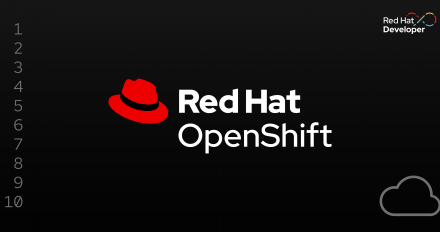
Simplify multi-cluster management: Auto-import of hosted clusters with RHACM
Simplify the management of numerous Red Hat OpenShift HyperShift (HCP) clusters

Simplify the management of numerous Red Hat OpenShift HyperShift (HCP) clusters
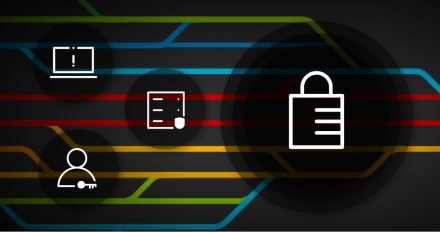
Learn how to run privileged commands in OpenShift Dev Spaces cloud development environments more securely, using OpenShift sandboxed containers (Kata containers).
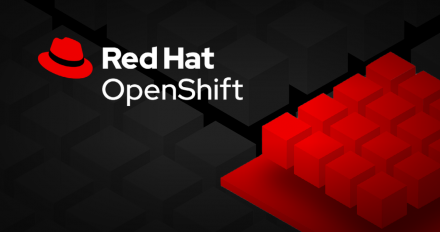
Discover the new Camel dashboard for OpenShift to monitor a fleet of Camel applications smoothly and organically across your cluster.

Learn how to integrate the Veeam Kasten data management platform with Red Hat
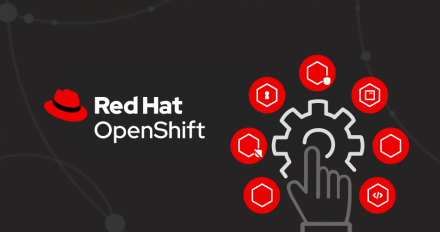
Learn about the right-sizing recommendations for OpenShift Virtualization with Red Hat Advanced Cluster Management.

Learn how to upgrade air-gapped OpenShift clusters that use self-signed certificates.

Optimize AI scheduling. Discover 3 workflows to automate RayCluster lifecycles using KubeRay and Kueue on Red Hat OpenShift AI 3.

Learn how to optimize AI inference costs with AWS Inferentia and Trainium chips on Red Hat OpenShift using the AWS Neuron Operator.

Learn about automating custom compliance checks in OpenShift using the CustomRule custom resource definition, which extends compliance operator capabilities.

Troubleshoot and benchmark OpenShift Virtualization workloads by seamlessly booting VMs on bare metal using NetApp Trident and FlexClone technology.

This article describes the design and flow of the confidential cluster operator, focusing on its role in deploying and managing confidential Kubernetes clusters.

Red Hat Advanced Cluster Security 4.8 offers external IP visibility, enabling security teams to identify external connections and validate network policies.
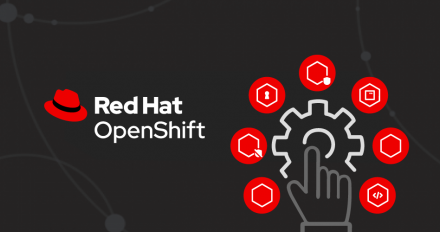
Discover the five key lessons learned about deploying OpenShift hosted clusters on bare metal.

Learn how to run performance tests using benchmark-runner on Kubernetes and OpenShift pods and virtual machines.
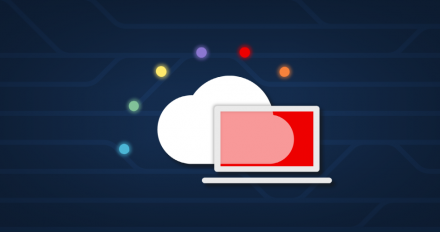
Learn how to access generic devices like cameras and serial ports from inside a pod using Red Hat build of MicroShift 4.20 and its new generic device plug-in.

Kafka is a powerful event streaming platform. In this learning path, you will

Explore the latest features, updates, and fixes in Red Hat OpenShift 4.20, including multicluster support, observability, and developer experience enhancements.

Learn about the external secrets operator for OpenShift (now generally available), including features, benefits, and integrations for enhanced secrets management.
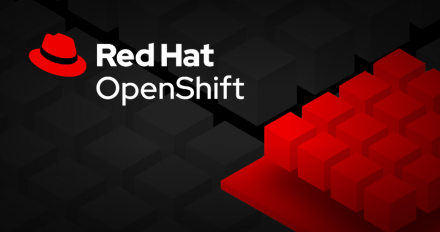
Learn how to automate builds of golden images for Red Hat OpenShift Virtualization using Packer.

Learn how to containerize and operate Request Tracker using Podman quadlets. Use quadlets to run the container, configure MariaDB, and set up email routing.
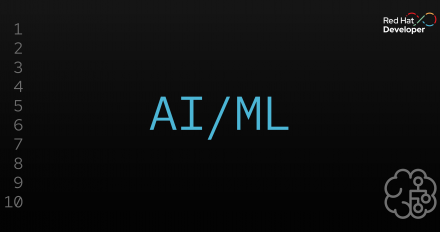
Explore the benefits of using Kubernetes, Context7, and GitHub MCP servers to diagnose issues, access up-to-date documentation, and interact with repositories.
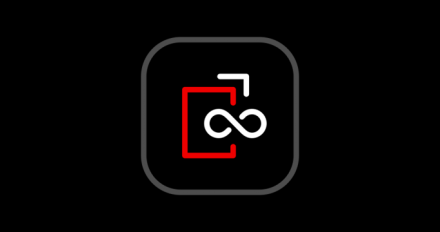
Your Red Hat Developer membership unlocks access to product trials, learning resources, events, tools, and a community you can trust to help you stay ahead in AI and emerging tech.
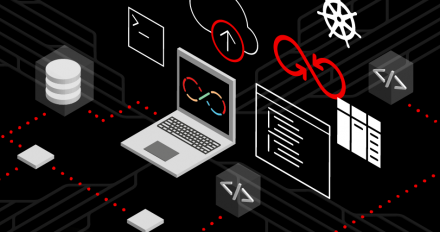
Discover the features of the oc adm upgrade recommend command in Red Hat OpenShift 4.20, which simplifies OpenShift updates.

How to configure system-reserved values for OpenShift nodes to optimize platform performance and ensure reliable scheduling by reserving CPU and memory resources.
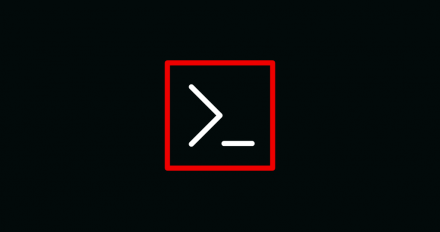
Learn about the deprecation of the odo CLI and how to transition to OpenShift Dev Spaces and other tools for your cloud-native development workflow.